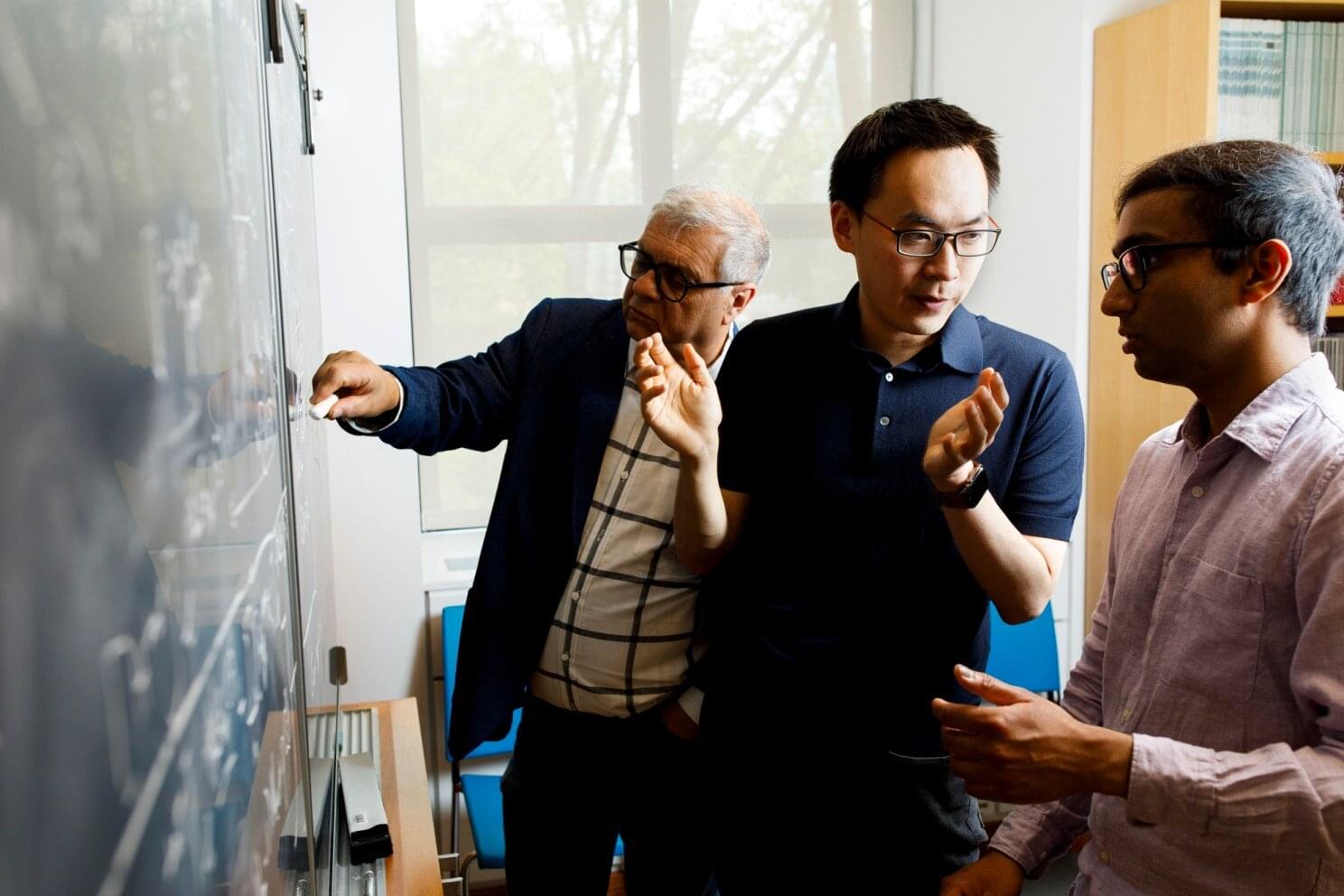When the first reports of a new COVID-19 variant emerge, scientists worldwide scramble to answer a critical question: Will this new strain be more contagious or more severe than its predecessors? By the time answers arrive, it’s frequently too late to inform immediate public policy decisions or adjust vaccine strategies, costing public health officials valuable time, effort, and resources.
In a pair of recent publications in Proceedings of the National Academy of Sciences, a research team in the Department of Chemistry and Chemical Biology combined biophysics with artificial intelligence to identify high-risk viral variants in record time—offering a transformative approach for handling pandemics. Their goal: to get ahead of a virus by forecasting its evolutionary leaps before it threatens public health.
“As a society, we are often very unprepared for the emergence of new viruses and pandemics, so our lab has been working on ways to be more proactive,” said senior author Eugene Shakhnovich, Roy G. Gordon Professor of Chemistry. “We used fundamental principles of physics and chemistry to develop a multiscale model to predict the course of evolution of a particular variant and to predict which variants will become dominant in populations.”
